In market research, the collection and use of data raise several ethical considerations, such as obtaining informed consent, protecting the privacy and confidentiality of participants, avoiding deceptive practices, and ensuring data accuracy.
Ethical guidelines, such as the International Chamber of Commerce’s ICC/ESOMAR International Code on Market and Social Research, provide a framework for conducting market research responsibly and respectfully. Additionally, industry-specific regulations, such as the General Data Protection Regulation (GDPR) in the European Union, further regulate the collection and use of personal data. Brands and their market research teams must be aware of these ethical considerations and guidelines to ensure the validity and credibility of their research findings and maintain the trust of their participants.
The Importance of Ethical Data Collection
The ethics of data collection play a crucial role in the credibility and validity of market research findings. When data is collected ethically, participants can trust that their personal information is handled responsibly and securely.
This trust is essential for accurate research results, as participants are more likely to provide honest and complete answers when they feel their privacy and confidentiality are protected.
“The right to privacy is a fundamental human right, essential for the protection of human dignity and autonomy.” – Justice Michael Kirby.
Additionally, ethical data collection practices help to maintain the reputation and credibility of the market research industry. Deceptive or unethical practices can damage the reputation of both the individual researcher and the industry as a whole, leading to a loss of trust from participants, clients, and stakeholders.
It is also a legal obligation for researchers to adhere to ethical standards and regulations, such as the GDPR. Failing to comply with these regulations can result in significant fines and legal consequences, damaging the reputation of the research company and potentially impacting its ability to conduct research in the future.
Get regular insights
Keep up to date with the latest insights from our research as well as all our company news in our free monthly newsletter.
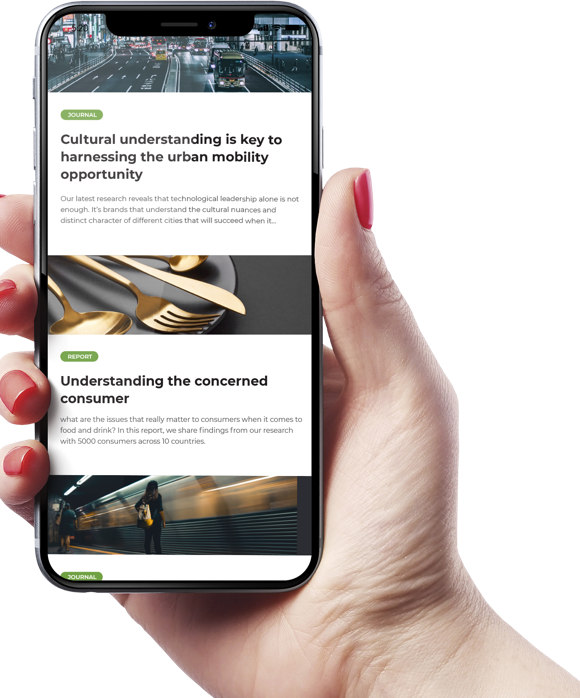
Data Privacy Laws Around the World
Data privacy laws vary by country, but here is an overview of some of the most notable data privacy laws in different regions worldwide.
It is important to note that these laws are subject to change and that organisations should stay informed about their regions’ latest data privacy laws and regulations.
UK: The General Data Protection Regulation (GDPR) applies to organisations operating in the EU, including the UK. The GDPR requires organisations to obtain explicit consent from individuals before collecting and processing their personal data.
Europe: The General Data Protection Regulation (GDPR) applies to organisations operating in the EU. It sets out strict rules for collecting and processing personal data, including the right to erasure and data portability.
USA: The United States does not have a comprehensive federal data privacy law, but some states have enacted their own privacy laws, such as the California Consumer Privacy Act.
Canada: The Personal Information Protection and Electronic Documents Act (PIPEDA) governs the collection, use, and disclosure of personal data in Canada. Organisations must obtain explicit consent before collecting personal data and must protect the privacy of the data they collect.
Thailand: The Personal Data Protection Act (PDPA) became effective in May 2020 and governed the collection, use, and disclosure of personal data in Thailand. Organisations must obtain explicit consent before collecting personal data and must protect the privacy of the data they collect.
Philippines: The Data Privacy Act of 2012 governs the collection, use, and disclosure of personal data in the Philippines. Organisations must obtain explicit consent before collecting personal data and must protect the privacy of the data they collect.
Japan: The Act on the Protection of Personal Information governs the collection, use, and disclosure of personal data in Japan. Organisations must obtain explicit consent before collecting personal data and must protect the privacy of the data they collect.
Indonesia: The Personal Data Protection Law governs the collection, use, and disclosure of personal data in Indonesia. Organisations must obtain explicit consent before collecting personal data and must protect the privacy of the data they collect.
China: The Cybersecurity Law of the People’s Republic of China governs the collection, use, and disclosure of personal data in China. Organisations must obtain explicit consent before collecting personal data and must protect the privacy of the data they collect.
Singapore: The Personal Data Protection Act (PDPA) governs the collection, use, and disclosure of personal data in Singapore. Organisations must obtain explicit consent before collecting personal data and must protect the privacy of the data they collect.
India: The Personal Data Protection Bill, 2019, governs the collection, use, and disclosure of personal data in India. The bill requires organisations to obtain explicit consent before collecting personal data and to protect the privacy of the data they collect.
Vietnam: The Personal Data Protection Law governs the collection, use, and disclosure of personal data in Vietnam. Organisations must obtain explicit consent before collecting personal data and must protect the privacy of the data they collect.
Examples of Brands Fined for Violating Data Privacy
These are just a few examples of the many brands that have faced fines for violating data privacy laws. It is essential for companies to take data privacy seriously and to comply with the relevant laws and regulations to avoid similar consequences.
- Google was fined €50 million by the French data protection authority (CNIL) in January 2019 for violating the General Data Protection Regulation (GDPR).
- Facebook was fined $5 billion by the Federal Trade Commission (FTC) in July 2019 for violating its users’ privacy rights.
- Marriott International was fined £18.4 million by the Information Commissioner’s Office (ICO) in July 2019 for a data breach affecting approximately 339 million guests.
- British Airways was fined £20 million by the ICO in July 2019 for a data breach affecting approximately 500,000 customers.
- Equifax was fined £500,000 by the ICO in September 2018 for a data breach affecting approximately 15 million UK citizens.
The Ethics of Data Privacy
Data privacy is a critical aspect of ethical data collection in market research. The personal information of participants must be protected and kept confidential to maintain their trust in the research process and to prevent potential harm or abuse of their data.
One of the key ethical considerations in protecting consumer data privacy is obtaining informed consent. Participants must be fully informed about how their data will be collected, used, and stored, and they must give explicit consent for their information to be used in the research. This includes informing participants who will have access to their data, for what purposes it will be used, and for how long it will be stored.
“Data is the new oil, but privacy is the new gasoline.” – Unknown.
Another important consideration is data security. Market researchers must implement appropriate measures to secure the collected data, such as encryption and secure storage solutions, to prevent unauthorised access and to protect participants’ information from theft or breaches.
It is essential for market researchers to be transparent and honest about their data collection practices. Deceptive or misleading practices, such as collecting data without obtaining proper consent or using data for purposes outside of what was initially disclosed, can severely damage the trust of participants and harm the reputation of the market research industry.
The concept of data privacy has been a concern for individuals and organisations for many decades. Still, it has become increasingly relevant in recent years with the rapid growth of technology and the increasing amount of personal data collected and stored by organisations. Here is a timeline of some key events related to data privacy and notable data breaches by year:
- 1970s: The first privacy laws, such as the US Privacy Act of 1974, are enacted in response to government data collection and storage concerns.
- 1980s: The first computer viruses were discovered, and the threat of data breaches became more prominent.
- 1990s: The rise of the internet and the increasing use of personal computers leads to concerns about online data privacy.
- 2000s: The growth of social media and the increasing amount of personal data collected by organisations leads to increased privacy concerns.
- 2005: The first large-scale data breach, involving the theft of millions of credit card numbers by one of the largest credit card processors in the United States, CardSystems Solutions, is reported. The breach was one of the first large-scale data breaches to receive widespread media attention and raised concerns about the security of personal data stored by organisations. The breach resulted in the loss of credit card information for 40 million individuals and prompted a number of major credit card companies to reissue their customers’ credit cards. The breach also led to increased scrutiny of data security practices by organisations and a call for stronger data privacy laws to protect consumers.
- 2013: The first high-profile data breach involving the unauthorised access of personal data, such as names, addresses, and social security numbers, is reported. Hackers stole 40 million credit card numbers and 70 million other pieces of information, such as names, addresses, and phone numbers, from the retailer’s database. The breach was one of the largest data breaches to date and resulted in widespread media coverage and concern about the security of personal information stored by organisations. The breach also increased scrutiny of data security practices and calls for more robust data privacy laws to better protect consumers. This event highlighted the need for organisations to take data privacy and security seriously, implement strong security measures, and regularly review and update their practices to stay ahead of evolving threats.
- 2018: The European Union’s General Data Protection Regulation (GDPR) goes into effect, setting new standards for data privacy and security in Europe.
- 2019: The Capital One data breach, involving the theft of personal data of over 100 million individuals, is reported.
- 2020: The Zoom video conferencing platform becomes widely used due to the COVID-19 pandemic, leading to concerns about the security of personal data being transmitted over the platform.
The Ethics of Data Use
The use of collected data is just as important as the collection process in terms of ethical considerations. Market researchers are responsible for using the data they collect in a manner that is respectful, non-discriminatory, and in line with the initial purpose for which it was collected.
One key consideration is avoiding discriminatory practices. Market research data must not be used to make decisions that unfairly impact or discriminate against particular groups based on race, gender, religion, or sexual orientation. Researchers must also ensure that their findings are not used to perpetuate negative stereotypes or to support biased viewpoints.
“Ethics is knowing the difference between what you have a right to do and what is right to do.” – Potter Stewart.
Another important consideration is maintaining the confidentiality of participants’ information. Researchers must not use collected data in a manner that violates participants’ privacy, such as by sharing it with third parties without proper consent. The data must be used only for the purposes for which it was collected and must be kept confidential to the extent required by law or ethical guidelines.
The Importance of Consent
Obtaining informed consent from consumers is crucial to ethical data collection in market research. It is essential for market researchers to respect the privacy rights of participants and to ensure that they fully understand how their data will be used and what they agree to when they provide it.
Informed consent means that participants clearly understand the purpose of the research, how their data will be collected, used, and stored, and the consequences of participating or not participating in the research. Participants must also be allowed to opt-out of the research or withdraw their consent at any time.
When participants provide their informed consent, it demonstrates their trust in the market research process and their willingness to participate. This trust is essential for accurate research results, as participants are more likely to provide honest and complete answers when they feel their privacy and confidentiality are protected.
However, obtaining informed consent also protects the rights of participants and ensures that their data is not being collected or used without their knowledge or permission. Market researchers must be transparent and honest about data collection and use practices to build trust and credibility with their participants.
Data Security and Protection
Data security and protection are crucial components of ethical data collection in market research. Market researchers are responsible for implementing appropriate measures to secure the collected data and prevent unauthorised access, theft, or breaches.
One key consideration is using secure storage solutions, such as encrypted databases, to store collected data. This helps to prevent unauthorised access to the data and to ensure that it is protected from potential breaches.
Another critical consideration is controlling access to the collected data. Market researchers must limit access to the data to only those who need it. They must have appropriate security measures, such as password protection, to prevent unauthorised access.
Additionally, market researchers must have procedures in place to detect and respond to data breaches if they occur. This includes regular monitoring of the security of collected data and having a plan to quickly address any breaches and take appropriate action to prevent future violations.
The Role of Industry Regulations
Industry regulations play a significant role in shaping the ethics of data collection in market research. Regulations such as the General Data Protection Regulation (GDPR) in the European Union and similar laws in other regions set standards for the collection, use, and storage of personal data and provide guidelines for protecting the privacy rights of individuals.
Market researchers must comply with these regulations and follow the established guidelines to ensure that their data collection practices are ethical and in line with the law. This includes obtaining informed consent from participants, protecting the privacy of collected data, and ensuring that data is not used in a discriminatory manner.
Industry regulations also set data security and protection standards, requiring market researchers to implement appropriate measures to secure collected data and prevent breaches. These regulations also give individuals the right to access their personal data and to request that it be deleted or corrected if it is inaccurate.
Ethical Considerations in the Use of Big Data
The use of big data in market research presents several ethical considerations, including data bias and algorithmic transparency. Market researchers must be aware of these considerations and take steps to ensure that their use of big data is ethical and in line with industry regulations.
Data bias refers to the inherent biases that exist in data sets, which can result in inaccurate or skewed results if not properly addressed. For example, suppose a data set used in market research predominantly consists of data from one demographic group. In that case, it may not accurately represent the experiences or opinions of other groups.
To address data bias, market researchers must be aware of their data sources and take steps to ensure that their data sets are representative and diverse. This may include sourcing data from multiple sources and using techniques such as oversampling to increase the representation of underrepresented groups.
Algorithmic transparency is another important consideration in using big data in market research. Algorithms used to analyze data can contain biases and make decisions that are not transparent or easily understood. To address this issue, market researchers must ensure that the algorithms they use are transparent and can be audited and that the decisions made by algorithms are easily explainable and free from bias.
Best Practices for Ethical Data Collection
Best practices for ethical data collection in market research include:
- Having a clear privacy policy.
- Obtaining informed consent.
- Implementing appropriate data security measures.
By following these best practices, market researchers can ensure that their data collection practices are ethical, respectful of participants’ privacy rights, and in line with industry regulations.
Having a clear privacy policy is essential for ethical data collection. This policy should outline the type of data that will be collected, how it will be used, and who will have access to it. Participants should be able to understand the privacy policy easily and have the option to opt-out of data collection if they choose.
Obtaining informed consent is another key best practice for ethical data collection. Market researchers must inform participants about the data that will be collected and how it will be used and obtain their explicit consent before collecting any data. Participants should also have the option to withdraw their consent at any time.
Data security is also essential for ethical data collection. Market researchers must implement appropriate measures to secure collected data, such as encryption and secure storage, and take steps to prevent breaches and unauthorised access.
Checklist of Best Practices for Ethical Data Collection
By following this checklist of best practices for ethical data collection, market researchers can ensure that their data collection practices are responsible, honest, and in line with industry standards.
- Develop a clear privacy policy: Outline the data collection type, how it will be used, and who will have access to it.
- Obtain informed consent: Inform participants about the data that will be collected and how it will be used, and obtain their explicit consent before collecting any data.
- Implement data security measures: Encrypt collected data and store it securely to prevent breaches and unauthorised access.
- Respect the right to privacy: Allow participants to opt-out of data collection and allow them to withdraw their consent at any time.
- Avoid discriminatory practices: Ensure that collected data is used ethically and avoid discriminatory practices.
- Comply with industry regulations: Stay informed about industry regulations, such as GDPR, and ensure that your data collection practices align with these regulations.
- Consider the ethics of big data: Be aware of ethical considerations related to the use of big data, such as data bias and algorithmic transparency.
- Maintain transparency: Be transparent about your data collection practices and clearly communicate your privacy policy to participants.
- Conduct regular review: Regularly review your data collection practices to ensure that they are ethical and in line with industry standards.
- Educate yourself and your team: Stay informed about best practices for ethical data collection and educate yourself and your team on the importance of responsible data practices.
Using Market Research Agencies and Ethical Data Collection
By outsourcing market research to a trusted third-party firm, brands can have peace of mind knowing that experts in the field are handling their data collection practices and that appropriate measures are in place to protect consumer privacy.
However, it is still crucial for brands to thoroughly vet and monitor the practices of their market research partners to ensure they meet their privacy and security standards.
Using a third-party market research firm can provide several benefits for brands regarding data privacy in market research. Some of these benefits include:
- Expertise: Market research firms often have specialised knowledge and experience in data privacy and security, which can help ensure that data collection and storage practices comply with applicable laws and regulations.
- Resources: Market research firms often have the resources and technology to implement robust security measures and respond to data breaches.
- Independence: Using a third-party market research firm can provide a level of independence and objectivity in data collection and analysis, which can help mitigate concerns about bias and privacy violations.
- Reputation: Market research firms have a reputation to maintain and are motivated to ensure that data privacy and security practices are of the highest standard.
Summary
The ethics of data collection in market research is an important and complex topic that must be carefully considered. By understanding the importance of ethical data collection, market researchers can ensure that they are protecting consumer data privacy, using collected data in an ethical manner, obtaining informed consent, and implementing appropriate data security measures.
The ethics of data collection is not only a matter of legal compliance but also a matter of maintaining the integrity of market research and respecting the rights of consumers.
By following best practices for ethical data collection and staying informed about industry regulations and trends, market researchers can ensure that their data collection practices are responsible, honest, and in line with industry standards.
In summary, understanding the ethics of data collection in market research is essential for protecting consumer data privacy, maintaining the integrity of market research, and ensuring responsible data practices. Market researchers must be aware of the importance of ethical data collection and ensure that their data collection practices align with industry standards and best practices.
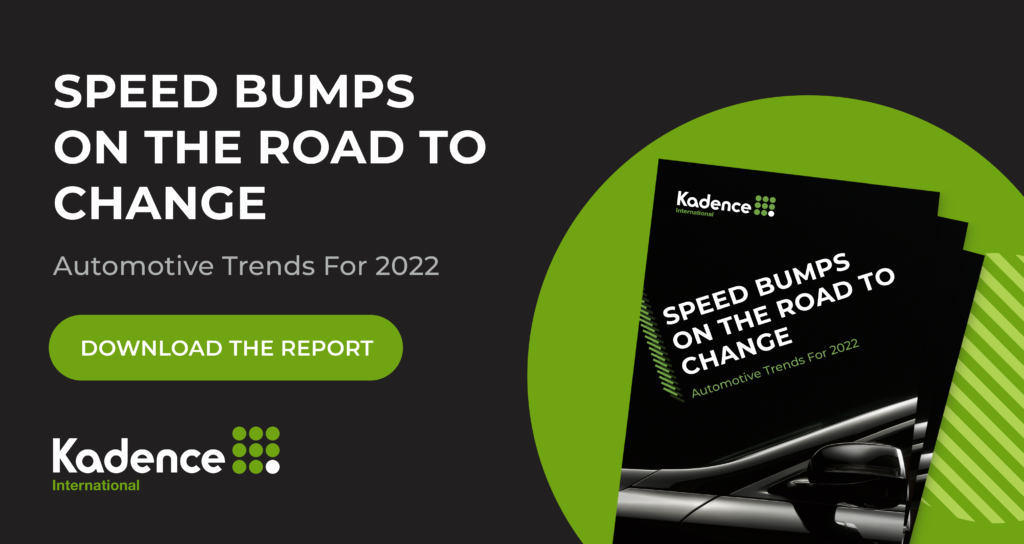
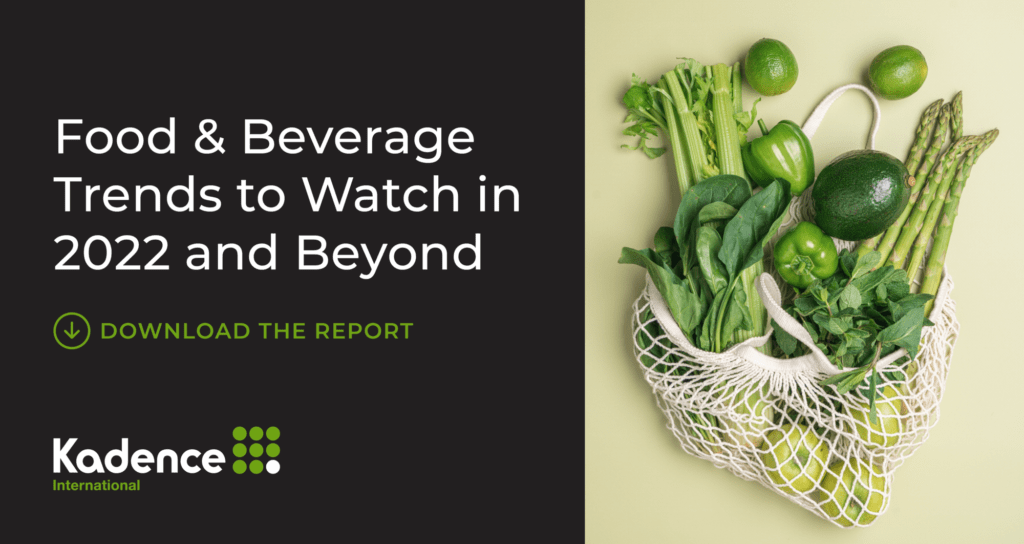

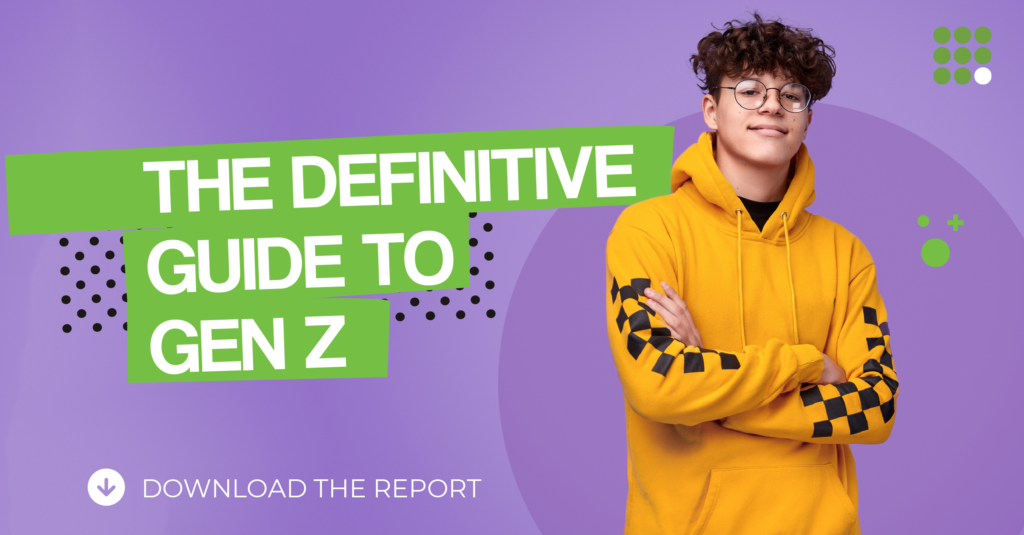
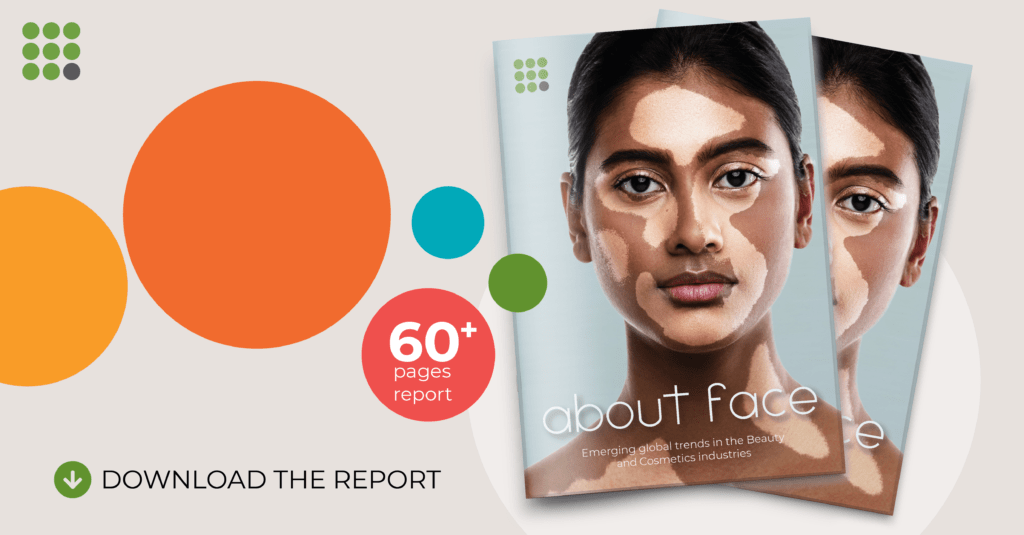
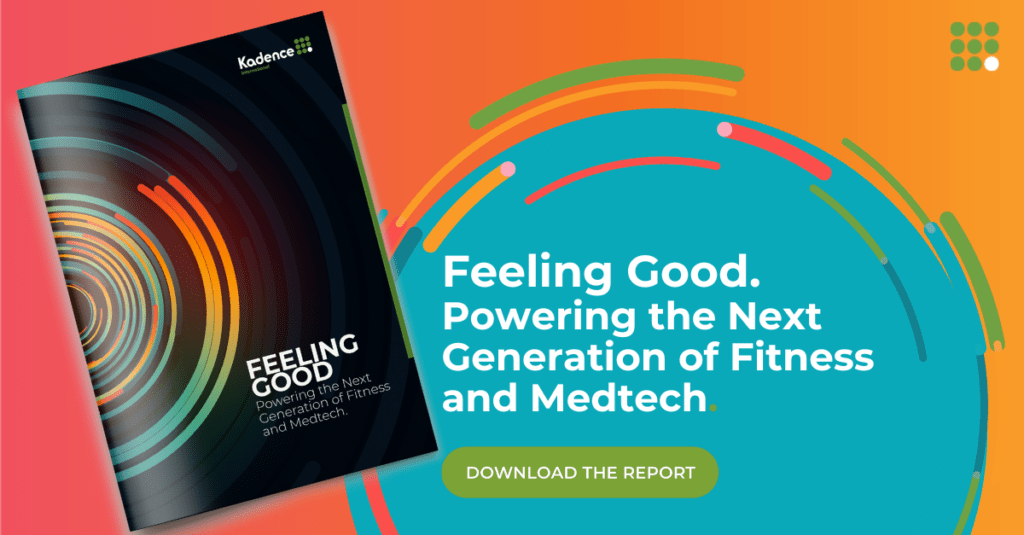

 Senior Marketing Executive
Senior Marketing Executive Sales & Marketing
Sales & Marketing General Manager PR -Internal Communications & Government Affairs
General Manager PR -Internal Communications & Government Affairs Vital Strategies
Vital Strategies
 Customer Intelligence Director
Customer Intelligence Director